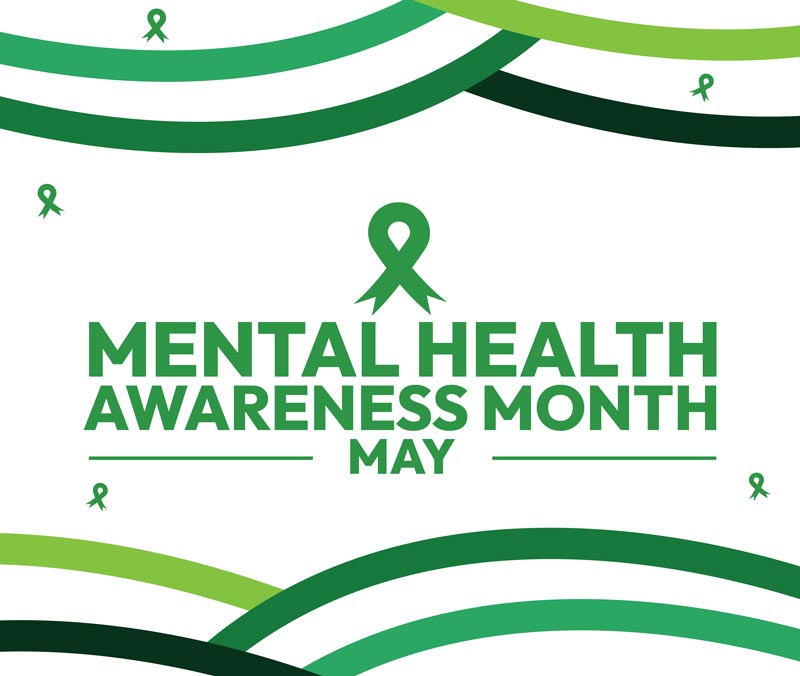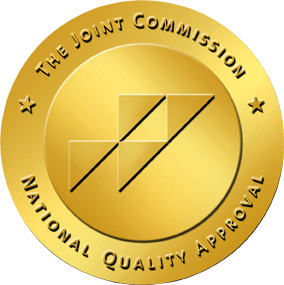Like many other mental health conditions, traumatic stress can have negative effects on an individual’s relationships and social life. Along with outright “triggers” that directly remind a survivor of their traumatic memories, “fight or flight” responses, internalized beliefs about themselves and the world, and a host of other trauma symptoms often manifest in more subtle ways as textbook social anxiety. But while social anxiety is a real and distinct condition apart from traumatic stress, its symptoms are something that many people with PTSD and complex trauma deal with on a daily basis. So it’s very common for trauma survivors to receive co-occurring diagnoses of mood and anxiety disorders or even be misdiagnosed as such.
In this blog, we’ll share some of the ways our patients with a history of trauma have experienced social anxiety symptoms, why symptom management alone is not enough for these patients, and what treatments and skills have proven effective for them.
Trauma and Social Anxiety
Surviving a traumatic event, or even a relationship or environment where an individual’s emotional needs were ignored or invalidated, can teach a person things about themselves or the world around them that are not useful or true after the threat has passed. For instance, “the only way I can get attention or attachment is to be sick” or “sacrificing myself is easier than engaging in conflict.” Those with complex trauma resulting from emotional abuse, manipulation, or gaslighting over a period of time often rely on scripts they have developed to coexist with the toxic people in their lives. Using those scripts with others who accept and respect them can sour the relationship and continue the pattern of traumatic invalidation. Having a traumatized brain makes it hard to be confident in interpersonal situations: it can seem that there’s always a risk of saying or doing the wrong thing.
Of course, certain social situations may be triggering in themselves, and coping mechanisms developed to mitigate or avoid triggers can also be a source of anxiety around others. What can be particularly anxiety-inducing is being triggered by something that seems completely innocuous and exhibiting a social response that doesn’t make sense to others in the situation. For example, feeling fear while talking with someone you shouldn’t be afraid of or getting anxious about blending friend groups because it has turned people against you in the past. When traumatic stress becomes normalized and familiar as part of your lived experience, it’s easy to lose a grip on your boundaries and do whatever it takes to get through social situations without drawing attention to yourself or causing a disruption.
As we have ventured back out of the house and started gathering again after over 15 months of quarantine, which was a collective trauma in itself, social anxiety symptoms have been on the rise. We have all experienced some amount of change and grief, and the presence of the virus is still a threat. Continued uncertainty about what kinds of social gatherings are “safe” and the awkwardness of meeting in person after talking through our phones and computer screens for the last year and a half are also big factors driving feelings of anxiety for many right now. The norms and expectations that have governed our social interactions, in many cases, just aren’t working the way they used to; we have to work a bit harder to negotiate what’s okay and what’s not acceptable.
Neurological Differences
Survivors adapt to their experience on a neurological level, changing the way they see the world and respond to it. These differences can not only cause feelings of alienation from “normal” people (those who have not experienced significant trauma or don’t have these long-term effects), but they may also keep traumatized individuals from developing healthy interpersonal skills.
We all experience a “fight or flight” response when our bodies recognize a threat, but for trauma survivors, this happens much more often. Instead of responding to “real” danger in the moment, traumatized individuals are actually responding to a perceived threat based on something that happened in the past. So when a trauma survivor is triggered in a social setting, not only do they experience typical stress symptoms like sweating, elevated heart rate, and dizziness; they may also experience one of four distinct “survival mode” responses: fight, flight, freeze, and fawn.
The response begins when the fear center of the brain, the amygdala, signals the autonomic nervous system (ANS) to react, releasing stress hormones like cortisol and adrenaline. In all cases, the triggered person is no longer thinking with the rational, calm frontal cortex that is capable of relating to others and making complex decisions. The familiar fight, flight, and freeze responses can all effectively shut down a social interaction, but fawning is a bit different: to “fawn” is to switch into a servile, pleasing affect. The triggered individual tries to appease the other person by agreeing with them, accommodating them, and otherwise ignoring their own needs and feelings to make that person comfortable.
Treatment and Strategies for Trauma-based Social Anxiety
Because these symptoms arise from memories and associations rather than a simple chemical imbalance in the brain, healing trauma-based social anxiety usually requires both exposure-based therapy and skills training. Un-learning what traumatic events have taught, or becoming desensitized to them, is a conscious and emotional process that may happen concurrently with skills training on how to manage stress, communicate and set boundaries, and build authentic relationships. Survivors who also create and internalize a new narrative that supports their autonomy in relation to past traumatic events are much more likely to be comfortable expressing themselves in social interactions and experience them in a healthy way.




